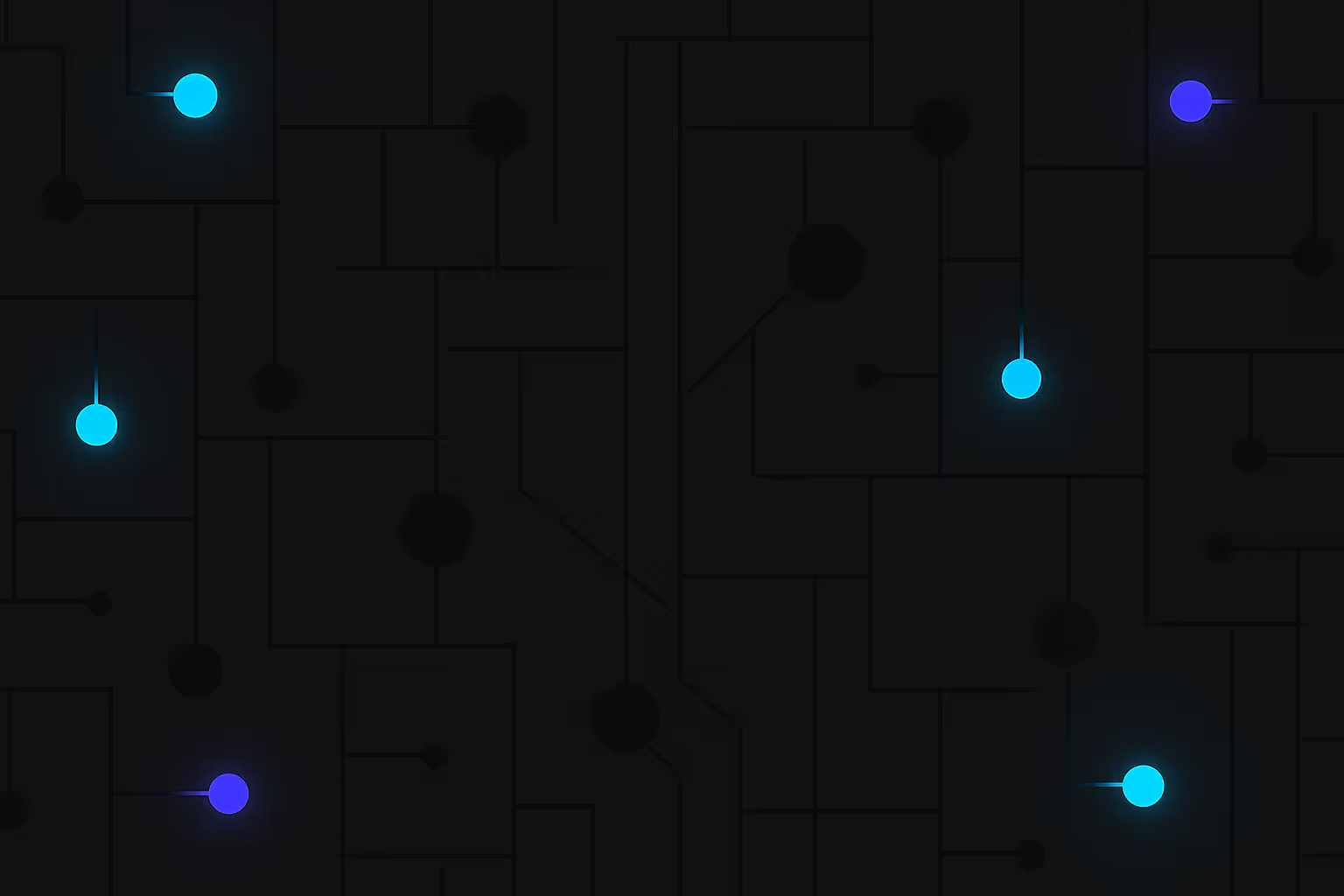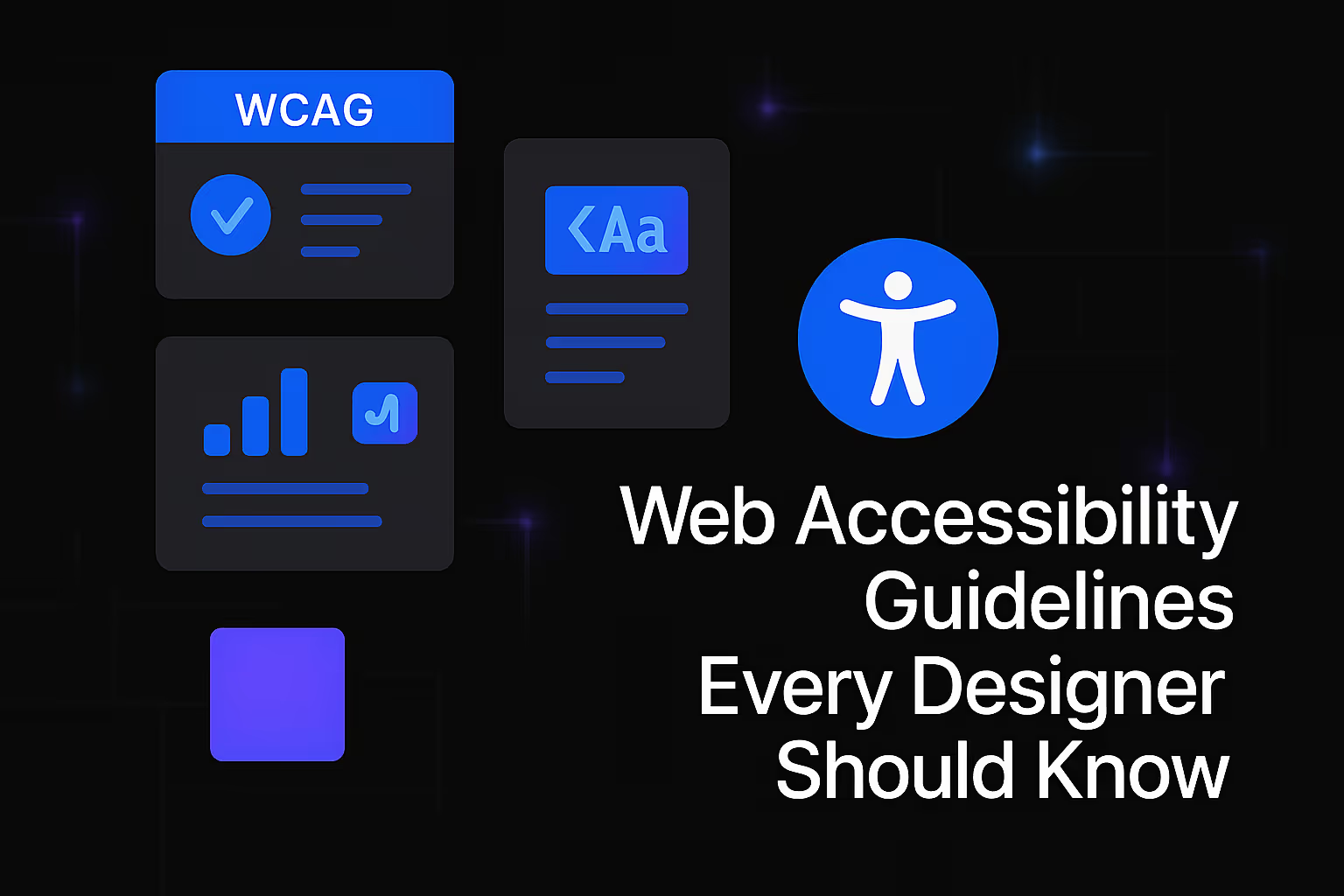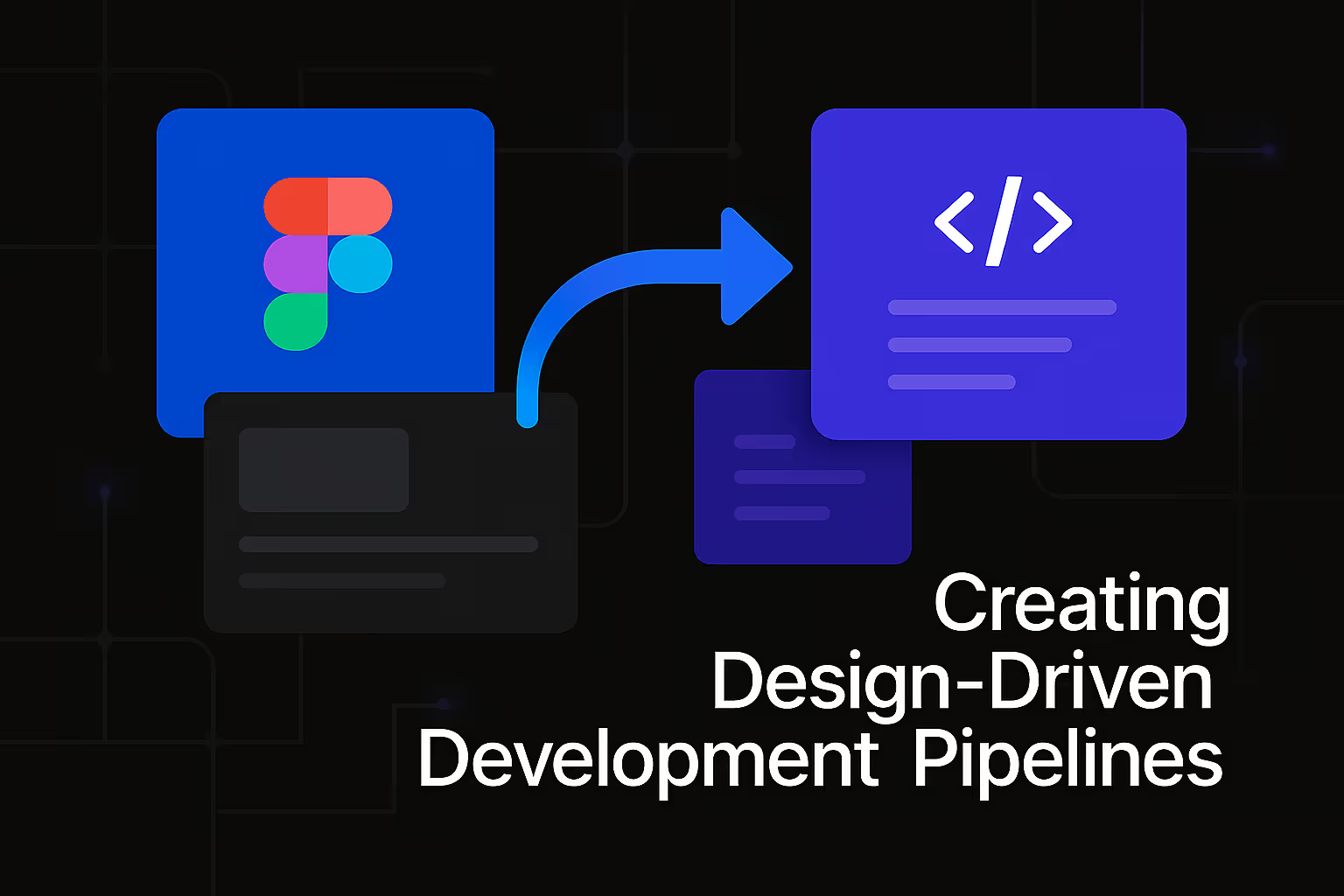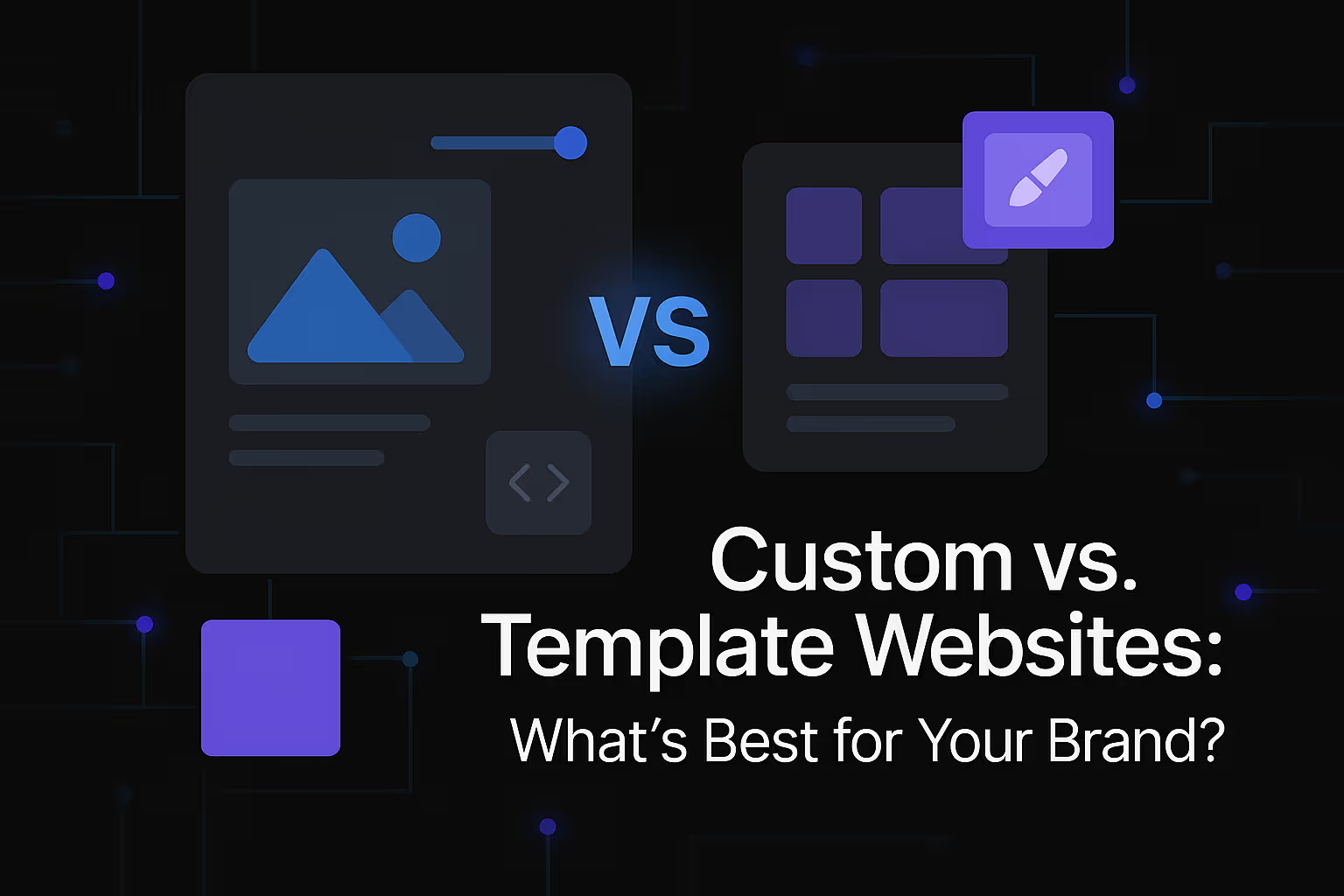How AI is Shaping the Future of Web Design
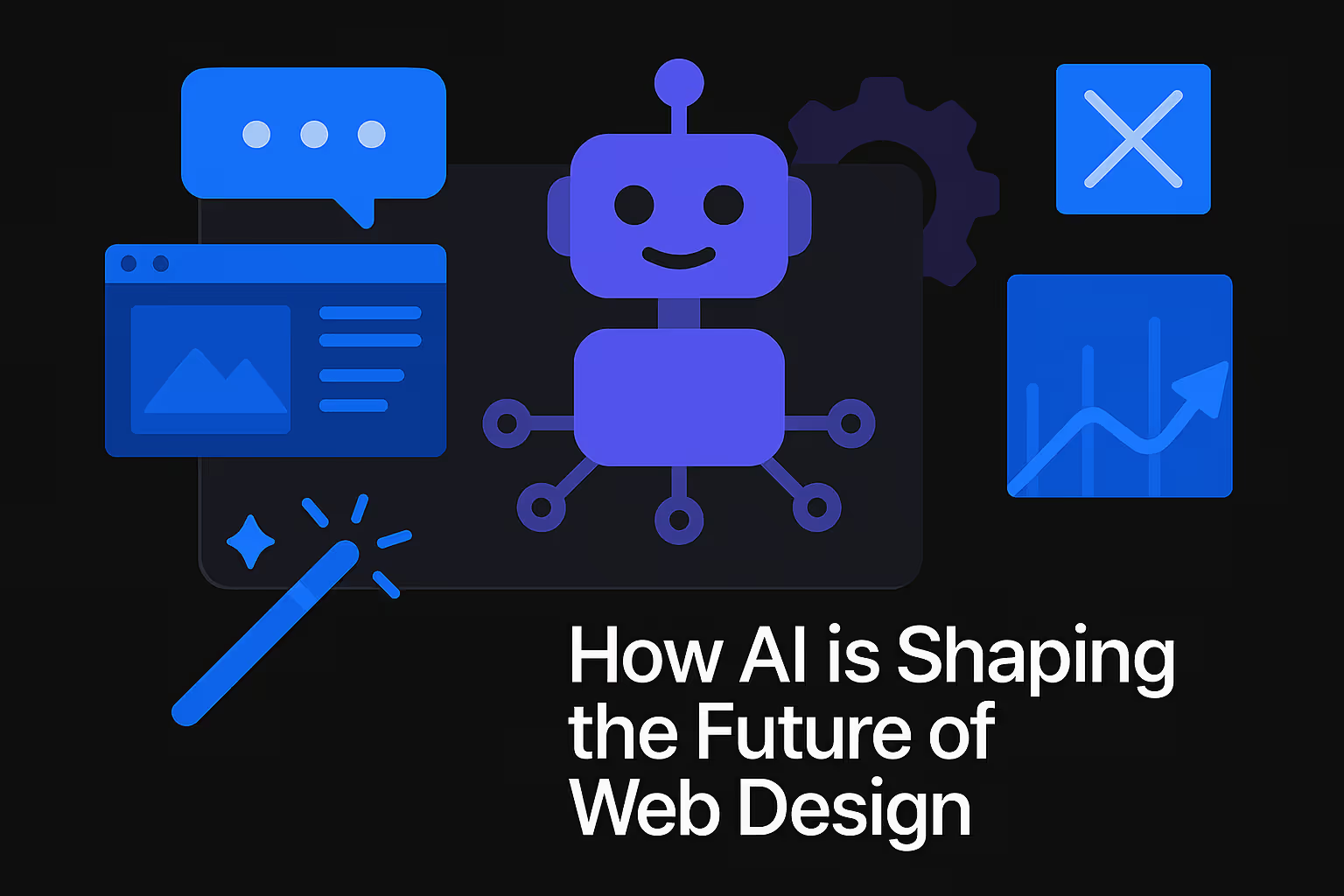
The landscape of web design is in the midst of a profound transformation, propelled by the relentless march of artificial intelligence. What was once a meticulous, often labor-intensive process, reliant heavily on manual input and iterative adjustments, is rapidly evolving into a more dynamic, intelligent, and responsive discipline. AI is not merely a tool being adopted; it is fundamentally reshaping the core methodologies, operational efficiencies, and creative possibilities within web design. This convergence promises a future where websites are not just aesthetically pleasing and functional, but also intuitively intelligent, profoundly personalized, and perpetually optimized for the diverse needs of their users. The integration of AI extends far beyond simple automation; it introduces a new paradigm of design where data-driven insights and predictive capabilities empower designers to craft digital experiences that are more impactful, engaging, and accessible than ever before. This transformative shift demands a deep understanding of AI's capabilities and implications, signaling a new era for digital presence.
The Dawn of Intelligent Design Automation
One of the most immediate and tangible impacts of artificial intelligence on web design is the unprecedented level of automation it introduces. For decades, designers have spent countless hours on repetitive tasks, from laying out basic components to ensuring cross-browser compatibility. AI is now stepping in to shoulder much of this burden, freeing human creatives to focus on higher-order strategic thinking and genuine innovation. This automation is not about replacing the human element, but rather augmenting it, making the design process significantly more efficient and less prone to manual errors.
Streamlining the Design Workflow with AI
AI-powered tools are already revolutionizing the initial stages of web design. Imagine AI algorithms capable of analyzing design briefs, competitive landscapes, and target audience data to generate initial wireframes, mock-ups, and even complete design systems. These systems can suggest optimal layouts, color schemes, and typography pairings, all based on vast datasets of successful designs and user engagement metrics. This level of automation significantly reduces the time spent on foundational design elements, allowing designers to bypass the tedious blank canvas stage and immediately begin refining AI-generated concepts. Furthermore, AI can assist in maintaining design consistency across large websites or multiple projects, ensuring adherence to brand guidelines by automatically flagging discrepancies and suggesting corrections. This not only speeds up the design process but also enhances overall design quality and coherence, a critical aspect for establishing brand identity and fostering user trust. The efficiency gains are substantial, allowing design teams to deliver projects faster and iterate more frequently.
Generative Design: Beyond Human Imagination
Perhaps one of the most exciting frontiers in AI-driven web design is generative design. This is where AI moves beyond mere automation and begins to create novel design solutions that might not have been conceived by human designers alone. By defining a set of parameters, constraints, and objectives, designers can instruct AI to generate a multitude of design variations, exploring an almost infinite solution space. For instance, an AI could be tasked with creating numerous layout options for an e-commerce product page, optimizing for factors like conversion rates, visual hierarchy, and mobile responsiveness. The AI might experiment with unconventional arrangements, unexpected color combinations, or unique interactive elements that push the boundaries of traditional design. This capability transforms the designer's role from a sole creator to a curator and director, guiding the AI and selecting the most compelling and effective designs from a diverse array of AI-generated possibilities. It fosters an environment of rapid experimentation and innovation, allowing for the discovery of truly unique and highly optimized digital experiences.
Predictive Analytics for Proactive Design Decisions
AI's ability to analyze vast amounts of data at lightning speed offers web designers unparalleled insights into user behavior and website performance. Predictive analytics, powered by AI, can anticipate future user needs and potential pain points before they even manifest. By crunching data from heatmaps, click streams, conversion funnels, and user feedback, AI can identify patterns and correlations that are invisible to the human eye. This allows designers to move from reactive problem-solving to proactive optimization. For example, AI could predict that a certain section of a website might lead to user drop-offs due to complex navigation or unclear calls to action, suggesting design adjustments before the problem impacts a significant number of users. Similarly, AI can forecast trends in user preferences or device usage, enabling designers to adapt their strategies and build future-proof designs. This data-driven foresight ensures that design decisions are no longer based purely on intuition or past experience, but are instead informed by robust, forward-looking insights, leading to more effective and user-centric websites.
Personalization and User Experience Redefined
The promise of a truly personalized online experience has long been a goal for web designers. AI is now transforming this aspiration into a tangible reality, moving beyond static content to dynamic, adaptive interfaces that cater precisely to individual user preferences and behaviors. This shift profoundly elevates the user experience, making websites feel more intuitive, relevant, and engaging.
Tailoring Experiences with AI-Powered Personalization
At its core, AI-powered personalization means that every user's journey on a website can be uniquely tailored to them. Imagine an e-commerce site where the product recommendations, promotional banners, and even the layout of categories adjust in real-time based on a user's past browsing history, purchase patterns, demographic information, and even their current emotional state inferred from their interaction patterns. AI algorithms can analyze these complex data points to dynamically present content, visuals, and navigation paths that are most relevant and appealing to that specific individual. This extends beyond simple product suggestions to the entire design aesthetic and functional presentation of a site. A user who prefers minimalist designs might see a cleaner interface, while another who responds well to vibrant visuals might encounter a more dynamic presentation. This level of granular personalization fosters deeper engagement, reduces cognitive load, and significantly increases conversion rates, as users feel understood and valued, leading to a more satisfying and efficient interaction with the digital platform.
Enhancing Accessibility Through AI
Accessibility in web design is not just a matter of compliance; it's a fundamental commitment to inclusivity, ensuring that websites are usable by everyone, regardless of their abilities. AI is proving to be a powerful ally in this crucial area. AI tools can rapidly analyze website code and content to identify potential accessibility barriers, such as insufficient color contrast, missing alt text for images, or poorly structured headings that hinder screen readers. Beyond identification, AI can often suggest or even automatically implement corrections, offering solutions for complex accessibility issues that might otherwise require significant manual effort. For example, AI can generate descriptive alt text for images, create transcripts for audio content, or even adapt interfaces for users with specific cognitive impairments. This proactive approach to accessibility not only broadens a website's audience but also enhances its overall usability for all users, reinforcing the "people-first" philosophy that is central to modern web design and ethical AI implementation.
Intuitive Interfaces and Conversational AI
The future of user interfaces is increasingly intuitive, moving away from rigid click-and-type interactions towards more natural and human-like engagement. Conversational AI, in the form of intelligent chatbots and voice user interfaces (VUIs), is at the forefront of this evolution. These AI-powered agents are seamlessly integrating into web designs, providing immediate assistance, answering complex queries, and guiding users through various tasks with unprecedented efficiency. Instead of navigating through multiple pages to find information, users can simply ask a question or issue a command in natural language. AI's ability to understand context, intent, and nuance in human speech and text allows for highly personalized and effective interactions. This reduces friction, enhances user satisfaction, and opens up new avenues for user engagement, making websites feel less like static pages and more like dynamic, responsive partners in the user's digital journey. The intelligent integration of conversational AI ensures that assistance is always at hand, tailored to the specific needs of the user at that moment.
AI as a Catalyst for SEO and Performance Optimization
In the highly competitive digital landscape, visibility and performance are paramount. Search Engine Optimization (SEO) is no longer an afterthought but an integral part of the design and development process. AI is emerging as a powerful ally, not only in streamlining design but also in proactively optimizing websites for search engines and ensuring peak performance, directly impacting organic rankings and user satisfaction.
Optimizing for Speed and Performance
Website speed is a critical ranking factor for search engines and a fundamental component of a positive user experience. Slow-loading websites lead to high bounce rates and diminished engagement. AI can play a pivotal role in performance optimization by analyzing every aspect of a website's technical infrastructure and content delivery. AI algorithms can scrutinize code for inefficiencies, identify excessively large image files, pinpoint slow server responses, and detect problematic third-party scripts. Beyond identification, AI can suggest specific optimizations, such as recommending image compression techniques, advising on asynchronous loading of scripts, or even automatically identifying and removing unused CSS and JavaScript. This proactive approach to performance tuning ensures that websites are lean, fast, and responsive, which not only pleases search engine crawlers but, more importantly, provides a seamless and satisfying experience for human users, reducing frustration and encouraging longer visits.
AI-Driven Content and Layout Optimization for Search Engines
While AI's primary role in web design isn't to write the entire website content, it profoundly influences how that content is structured and presented for optimal search engine visibility. AI can analyze vast amounts of data related to keyword trends, competitor strategies, and evolving search algorithms to inform design decisions that directly impact SEO. For instance, AI can suggest optimal heading structures (H1, H2, H3) that align with semantic search principles, ensuring that the website's content is easily understood by both users and search engine bots. It can identify opportunities for internal linking that improve crawlability and distribute link equity across relevant pages. Furthermore, AI can help in optimizing meta descriptions and title tags, crafting compelling snippets that attract clicks from search results pages. By understanding user intent behind search queries, AI can guide designers in creating layouts that prioritize the most relevant information, making it easy for users to find answers and for search engines to recognize the authority and relevance of the content. This intelligent approach to on-page optimization ensures that the design itself contributes to higher search rankings and greater organic visibility.
Adaptive Design for Multi-Device Responsiveness
In an era dominated by mobile browsing, a responsive web design that seamlessly adapts to various screen sizes and devices is non-negotiable for both user experience and SEO. Google, in particular, prioritizes mobile-first indexing, making responsive design a cornerstone of discoverability. AI tools can significantly enhance the efficiency and effectiveness of creating adaptive designs. AI can analyze how a website performs and renders across a multitude of devices, identifying potential breakpoints or layout issues that might be overlooked during manual testing. More advanced AI can even automatically generate responsive layouts, intelligently adjusting elements, images, and text to ensure optimal viewing and interaction on smartphones, tablets, desktops, and even emerging devices. This capability guarantees a consistent and high-quality user experience regardless of the device, which in turn leads to lower bounce rates, higher engagement, and stronger signals to search engines about the website's quality and usability, directly contributing to improved search rankings.
The Evolving Role of the Web Designer: Human-AI Collaboration
As artificial intelligence increasingly integrates into the web design process, it naturally prompts a re-evaluation of the designer's role. Far from rendering human designers obsolete, AI is instead elevating their position, transforming them from executors of manual tasks into strategic thinkers, ethical guardians, and creative directors. The future of web design is unequivocally a future of synergistic human-AI collaboration.
Designers as Strategists and Curators
With AI handling the repetitive, time-consuming aspects of design, human designers are freed to focus on the higher-level, more conceptual challenges. Their role shifts from pixel-perfect adjustments to strategic oversight, critical analysis, and the curation of AI-generated outputs. Designers will become adept at defining the parameters and objectives for AI algorithms, guiding the AI to produce results that align with brand vision, business goals, and nuanced user needs. They will act as the ultimate arbiters of taste, ensuring that the final designs retain a distinctive human touch and resonate emotionally with the target audience. This strategic focus demands a deeper understanding of user psychology, market trends, and brand narratives, positioning designers as essential navigators in the complex digital landscape, shaping overall digital strategy rather than just executing design elements.
Upskilling for an AI-Integrated Future
For web designers to thrive in this AI-driven era, continuous learning and adaptation are paramount. The skillset required is evolving, moving beyond traditional design tools to embrace proficiency in AI-powered platforms and an understanding of data analytics. Designers will need to learn how to effectively communicate with AI models, understand their capabilities and limitations, and interpret the data insights they provide. This includes developing an intuition for algorithmic outputs, identifying potential biases, and knowing when to intervene with human creativity and judgment. Furthermore, designers will increasingly need to grasp the ethical implications of AI in design, ensuring that the technologies they leverage are used responsibly and inclusively. Upskilling will involve not just mastering new tools, but cultivating a new mindset that embraces collaboration with intelligent systems, fostering a blend of artistic intuition and data-driven precision.
Ethical Considerations and Bias in AI Design
While AI offers immense potential, its integration also brings significant ethical responsibilities, particularly concerning bias. AI models learn from the data they are trained on. If this data is biased – reflecting societal prejudices or historical inequalities – the AI can perpetuate and even amplify these biases in its design outputs. For instance, an AI trained predominantly on data from a specific demographic might inadvertently design interfaces or user experiences that are less intuitive or less accessible for other groups. It is the human designer's crucial role to understand these risks, scrutinize AI-generated designs for unintentional biases, and advocate for ethical AI development and deployment. This involves questioning the datasets, ensuring diverse representation in testing, and implementing safeguards to promote fairness and inclusivity in every aspect of the design process. Maintaining transparency about AI involvement and prioritizing human well-being over purely algorithmic efficiency will be central to responsible AI-driven web design.
Challenges and the Road Ahead
The integration of AI into web design, while promising immense benefits, is not without its challenges. Navigating this transformative period requires a clear understanding of potential pitfalls, a commitment to addressing them proactively, and a vision for a future where technology serves human creativity and purpose.
Data Privacy and Security Concerns
AI-powered personalization and predictive analytics rely heavily on the collection and analysis of vast amounts of user data. This immediately raises significant concerns regarding data privacy and security. As websites become more intelligent and gather more detailed insights into individual behaviors, the responsibility to protect this sensitive information becomes paramount. Designers and developers leveraging AI must adhere strictly to data protection regulations like GDPR and CCPA, ensuring transparency in data collection practices, obtaining explicit user consent, and implementing robust security measures to prevent breaches. The ethical use of data is not just a legal requirement but a fundamental aspect of building user trust. A breach of trust, or a perception of invasive data practices, can severely damage a brand's reputation and negate the benefits of AI-enhanced design. Therefore, future web design strategies must balance the power of personalization with an unwavering commitment to user privacy.
The Learning Curve for Adoption
The rapid evolution of AI technologies means that web designers and agencies face a continuous learning curve. Adopting new AI tools and integrating them effectively into existing workflows requires significant investment in training, experimentation, and cultural change. Designers, many of whom are accustomed to traditional design paradigms, must adapt to new ways of thinking and working alongside intelligent systems. This transition can be challenging, requiring a willingness to unlearn old habits and embrace new methodologies. Agencies must allocate resources for upskilling their teams, fostering an environment of continuous learning and innovation. Furthermore, selecting the right AI tools from a rapidly expanding market can be daunting, necessitating careful evaluation to ensure they align with specific design goals and client needs. Overcoming this learning curve is crucial for organizations aiming to remain competitive and leverage the full potential of AI in their design offerings.
Maintaining the Human Touch and Originality
Perhaps the most philosophical challenge in an AI-driven design future is ensuring that the "human touch" and genuine originality are not diluted. While AI excels at automation, optimization, and generating variations based on learned patterns, the unique spark of human creativity, empathy, and intuitive understanding remains irreplaceable. There is a risk that an over-reliance on AI could lead to homogenized designs, where websites, while efficient and optimized, lack distinctive character, emotional resonance, or truly groundbreaking innovation. The challenge lies in striking the right balance: leveraging AI for efficiency and data-driven insights, while preserving and amplifying the unique vision and artistic expression of human designers. The future demands that designers remain the ultimate arbiters of aesthetic, meaning, and emotional connection, ensuring that technology serves as a powerful brush, not the sole artist, in the creation of compelling digital experiences.
The integration of artificial intelligence into web design marks a pivotal moment, ushering in an era of unprecedented efficiency, profound personalization, and data-driven optimization. AI is fundamentally transforming how websites are conceived, built, and experienced, automating repetitive tasks, generating novel design solutions, and predicting user needs with remarkable foresight. This technological revolution enhances everything from design workflow efficiency and creative scope to critical aspects of user experience, including accessibility and intuitive interfaces. Furthermore, AI acts as a powerful catalyst for SEO, ensuring websites are not only visually appealing but also technically sound and highly discoverable in the vast digital landscape.
Yet, this transformative journey is inherently collaborative. The future of web design is not one where AI replaces human ingenuity, but rather one where it amplifies it. Designers are evolving into strategic curators, guiding intelligent systems and focusing their expertise on higher-level problem-solving, ethical considerations, and the cultivation of truly unique brand identities. While challenges such as data privacy concerns, the necessity for continuous upskilling, and the imperative to maintain originality exist, they serve as crucial guideposts for responsible innovation.
Ultimately, AI is empowering web designers to craft digital experiences that are more responsive, relevant, and engaging than ever before. It is enabling the creation of websites that feel less like static pages and more like dynamic, intelligent entities that learn and adapt to serve their users better. By embracing this powerful synergy, the web design community stands poised to unlock a future where digital presence is not just designed, but truly brought to life with intelligence and purpose.
Similar Insights
Stay Updated with Our Insights
Join our newsletter for the latest trends and tips in web development and digital marketing.
